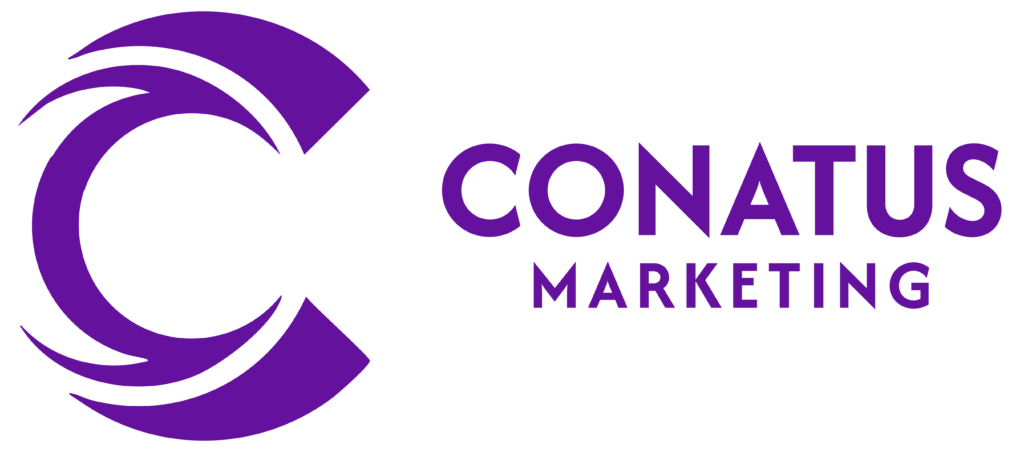Direct marketing has evolved beyond traditional cold calling and generic mailers. Today, the most successful campaigns are built on the foundation of precise, strategic prospecting. Without the right people in your pipeline, even the most polished message will fall flat. More innovative prospecting separates effective marketers from the rest in an increasingly saturated and distracted market.
This blog will explore modern prospecting techniques that fuel smarter outreach and set the stage for long-term success. These strategies prioritize quality over quantity, using technology, data, and timing to improve engagement and drive stronger results. From identifying high-intent leads to crafting personalized interactions, this guide will reshape how you approach your audience.
1. Intent Signal Monitoring
Intent signals help marketers understand when a prospect is actively considering a purchase. These behavioral clues provide insight into the prospect’s readiness to engage. Responding at the right moment significantly improves your chance of making a meaningful connection.
- Track digital behaviors such as keyword searches, content downloads, product reviews, and website activity patterns
- Use platforms like Bombora or 6sense to uncover high-intent signals and surface top-funnel opportunities
- Prioritize outreach timing based on behavior patterns, page visits, and frequency, not mere guesswork
These cues are more than just digital noise—they’re reliable indicators of opportunity. They help direct your focus to prospects who are already displaying buying signals. That kind of timing can be the difference between a lead lost and a deal closed.
2. Real-Time Data Prospecting
Using outdated contact lists is one of the fastest ways to derail a campaign. Prospecting with real-time data ensures you’re engaging the right person at the right time with the right message. It makes your outreach more accurate, relevant, and effective.
- Employ tools for up-to-date contact and company insights that refresh regularly
- Enrich existing databases with real-time updates, firmographic filters, and detailed company metadata
- Identify role changes, funding events, or regional expansions to keep prospecting aligned with opportunity timing
Timely data ensures you always operate with a current map, not a fading memory. Staying current keeps you proactive rather than reactive. That edge is crucial in fast-moving industries where timing matters.
3. Account-Based Prospecting
Account-based prospecting techniques allow you to focus on quality over quantity by targeting specific companies that are most likely to convert. This strategy requires more effort upfront, but delivers a greater payoff in the long run. It ensures you’re engaging the right people with tailored, meaningful outreach.
- Build a list of ideal customer profiles (ICPs) based on success criteria, pain points, and historical conversions
- Research stakeholders within each company to personalize outreach that resonates with individual decision-makers
- Align sales and marketing to deliver consistent messages across touchpoints and throughout the buyer journey
It’s not about reaching everyone—it’s about reaching the right ones in the right way. Tailoring efforts to fit your most valuable prospects fosters relevance and increases impact. It also sharpens your message across channels.
4. LinkedIn and Social Listening Techniques
Social platforms offer insight into what your prospects care about. LinkedIn, in particular, is a goldmine for real-time engagement opportunities. Listening and responding on these platforms builds trust before the first formal outreach.
- Use LinkedIn to identify decision-makers, engage with their content, and spark natural conversation through comments
- Monitor conversations, hashtags, and comments for emerging pain points and trending topics within industries
- Join relevant groups and discussions to establish presence, stay informed, and build name recognition over time
This method builds trust before the first official outreach. Prospects are more likely to respond when familiar with your name and brand. Consistency and authenticity are key.
5. Trigger-Based Prospecting
Opportunities often follow business changes. Trigger-based prospecting allows you to spot those changes and respond swiftly. This approach turns current events into timely openings for conversation.
- Set alerts for news about new hires, company expansions, funding rounds, mergers, or product launches that signal change
- Tailor outreach to address how your solution aligns with recent developments, trends, or business shifts
- Use personalized messaging to show awareness, relevance, and thoughtfulness in your approach
Being the first to respond to change positions your brand as proactive and insightful. Quick action sends the message that you’re engaged and ready to solve problems promptly, and that impression lasts.
6. Warm-Up Strategies for Cold Prospects
Before pitching, it’s vital to build familiarity and trust. Cold leads rarely convert without context or value, so warming up your outreach makes every touchpoint more effective.
- Attend industry events or networking mixers to meet prospects in person
- Host webinars or workshops where you can engage with potential clients directly
- Schedule one-on-one introductory meetings or coffee chats
- Offer to conduct in-person product demos or consultations
It’s about starting a relationship, not just making a sale. Every pre-pitch interaction lays the groundwork for the conversation to come. That prep makes the close easier and more natural.
7. Segmentation-Driven Prospecting
Effective outreach depends on relevance. Broad messaging often falls flat, while segmentation sharpens your pitch for each audience. This technique ensures every lead hears what matters most to them.
- Divide lists based on industry, company size, job function, geography, or behavioral indicators like engagement history
- Craft segment-specific messaging and value propositions that speak directly to unique needs and pain points
- Use response rates, click-throughs, and content engagement to refine your segments and optimize results
Smaller, more focused campaigns often yield stronger results. Personalized outreach shows prospects that you understand their world. That understanding builds credibility early.
How to Choose the Right Direct Marketing Solutions
The tools you choose directly impact your campaign’s performance and scalability. Choosing the right direct marketing solutions helps you streamline outreach, maximize ROI, and maintain consistency across channels.
Here are the key factors to guide your selection process:
- Prioritize Automation Features: Select tools that automate workflows, schedule outreach, and reduce manual effort without sacrificing personalization.
- Ensure Personalization Capabilities: Choose platforms that allow you to tailor messages based on user data, behavior, and preferences.
- Evaluate CRM Integration: Opt for solutions that integrate seamlessly with your existing CRM to unify prospect data and engagement history.
- Verify Multi-Channel Support: Find platforms that support email, SMS, direct mail, and social outreach to diversify your touchpoints.
- Look for Real-Time Analytics: Use tools that offer live reporting and dashboards to track performance and adapt quickly.
- Assess Scalability Options: Choose software that can grow with your team and campaign complexity without creating new inefficiencies.
- Check for Data Enrichment Tools: Select platforms that enhance prospect profiles with real-time firmographic and behavioral insights.
Key Metrics That Define Prospecting Success
You can’t improve what you don’t measure. Knowing what works is key to refining your approach. Below are the most essential metrics to track as you assess and enhance your prospecting efforts:
- Track Email Engagement Rates: Measure open and click-through rates to gauge the effectiveness of your subject lines and initial messaging.
- Measure Response Rates: Monitor how many prospects reply to outreach efforts to evaluate message resonance and timing.
- Calculate Meeting Conversion Rates: Track the number of responses that lead to booked meetings to assess lead quality and rep follow-through.
- Monitor Pipeline Velocity: Evaluate how quickly leads move through your pipeline stages to identify friction points or bottlenecks.
- Assess Lead Quality Scores: Use scoring models to rate leads based on behavior, fit, and engagement to focus efforts on top opportunities.
- Analyze Channel Effectiveness: Compare success rates across email, phone, social, and direct mail to invest in the most productive channels.
- Use A/B Testing Insights: Test different subject lines, CTAs, and outreach sequences to refine content and boost performance.
Win More of the Right Leads with Conatus Marketing
Prospecting is no longer optional—it’s the baseline for successful direct marketing. By adopting modern techniques such as intent signal tracking, social listening, and segmentation, marketers can better connect with prospects when it counts. These strategies create more meaningful interactions and improve outcomes at every funnel stage.
This is where performance meets purpose. Built on insight, driven by data, and executed with human-first thinking, Conatus Marketing specializes in strategic direct outreach that connects businesses with the right people at the right time. Let us show you how modern prospecting can power your next campaign and turn interest into long-term growth.
Reach out today and start prospecting smarter with us.


